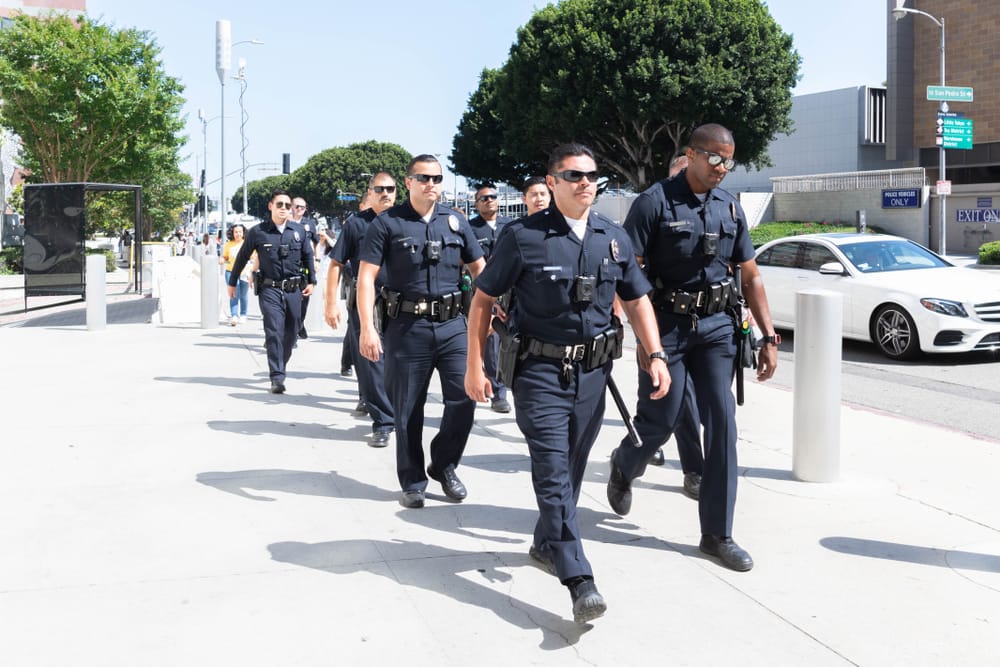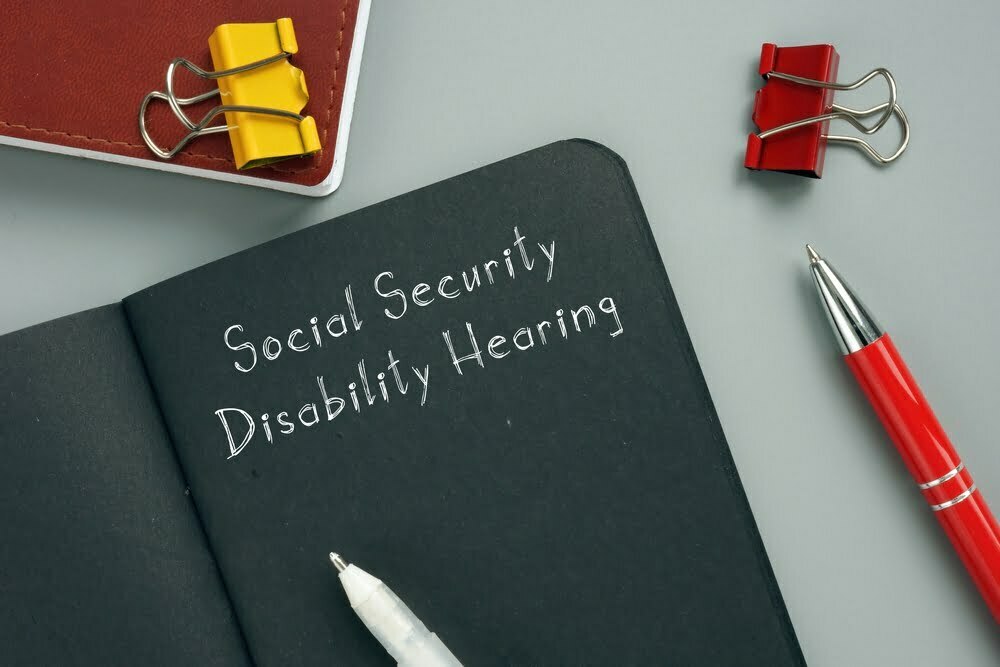
I recently had a client returning from a trip abroad through the San Francisco International Airport. He was stopped and referred to secondary inspection where he had to wait for a Customs and Border Patrol (“CBP”) officer to question him. He is a lawful permanent resident and thus was mystified as to why he was being stopped. He was not told what the problem was but it turned out to be fine and he was admitted into the United States.
I believe that the problem probably relates to his prior immigration history. He previously had a minor immigration violation which was subsequently cleared up through the filing of a waiver (I-601) but although it has been cleared with United States Citizenship and Immigration Services (“USCIS”), CBP is apparently still flagging it as a problem.
In order to prevent him from being stopped again when he travels abroad, we are going to clear his record with CBP. CBP has a process by which a traveler can submit an inquiry to CBP to clear a record. The process is called DHS Traveler Redress Inquiry Program (DHS Trip). By going to their website, an applicant may fill out a form, explain the situation and submit it to CBP. Once the form is submitted, CBP will ask for additional supporting documentation in support of the application. CBP will then review it and hopefully correct the problem. It is advisable to follow this process if you think you know what the issue is.
If you do not know what the problem is in your situation, it may be best to do a FOIA (Freedom of Information Act) request with CBP. By filing a FOIA with CBP, you will eventually obtain a copy of your file and you may be able to figure out what the problem is. Unfortunately it takes a long time for CBP to process FOIA requests, usually at least a year.
Another method to obtain a copy of your file is to file a FOIA with the Office of Biometric Identity Management (OBIM). By submitting a FOIA request to this office, you will receive a copy of any file relating to interactions with border officials. OBIM requests may be made via e‐mail, mail, or fax and must include an original fingerprint card (available at police stations or at a place that does fingerprinting) or A‐number.
OBIM requests may be made using Form G-639 or the Department of Homeland Security (“DHS”) Online Request Form. Filing a FOIA with DHS is usually faster than filing with CBP but you should expect to wait at least six months for a response.
By requesting FOIAs figuring out what the problem is and then submitting an inquiry to CBP, you should be able to correct the issue, assuming it can be corrected, and travel without a problem in the future.

Know Your Rights
We are receiving many calls from frightened people due to the rhetoric they are hearing from President Trump and members of his Cabinet. Everyone is scared, even those people who have legal status. Rumors are flying around of ICE raids, numerous arrests, and mass deportations. More now than ever, it




